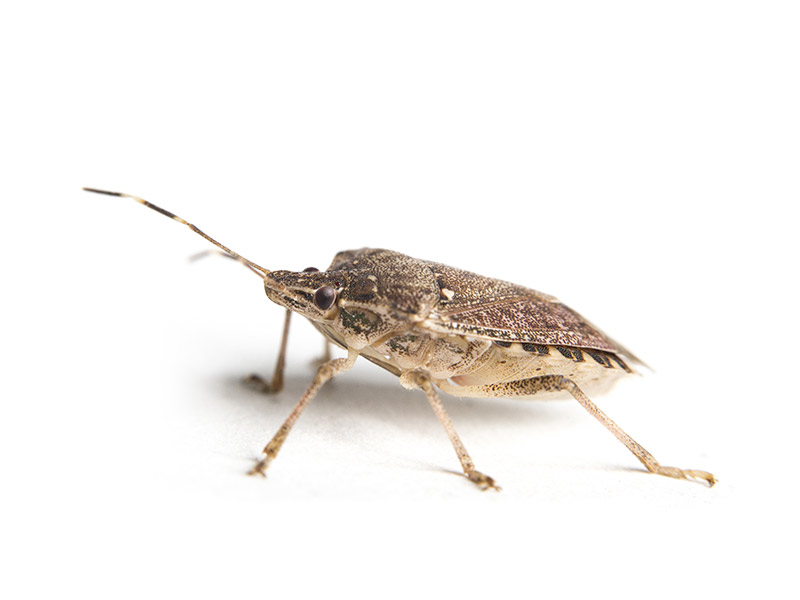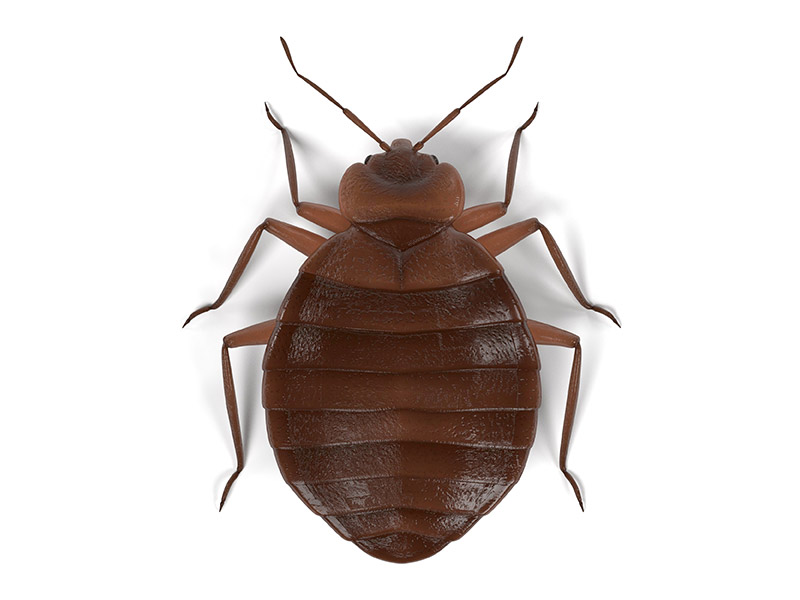Eco-Friendly Parasite Control Approaches for Handling Wild Animals in Urban Locations
Urban locations frequently locate themselves at the crossway of human task and wild animals, leading to one-of-a-kind challenges in insect monitoring. These approaches not just protect the atmosphere however likewise enhance area engagement in wild animals monitoring. As metropolitan populaces proceed to grow, understanding the characteristics of wildlife communications becomes increasingly essential.
Comprehending Urban Wildlife Characteristics
Understanding Urban Wildlife Characteristics is vital for establishing efficient and green parasite control approaches. Urban locations are progressively coming to be environments for numerous wildlife species, driven by factors such as environment fragmentation, food accessibility, and human infringement. Recognizing these characteristics permits a nuanced approach to pest monitoring that straightens with eco-friendly concepts.
Urban wildlife typically includes species such as raccoons, squirrels, and birds, which adapt to city settings, finding specific niches in green rooms, parks, and even houses. Their visibility can bring about conflicts with humans, particularly when they make use of personnels for food and sanctuary. Understanding the habits and ecological duties of these species educates techniques that minimize negative interactions while advertising biodiversity.
Moreover, recognizing the interdependencies within city environments assists in determining critical locations for environment preservation and restoration. This expertise adds to the growth of integrated parasite management (IPM) strategies that take into consideration the ecological balance, thus minimizing reliance on hazardous chemicals. By fostering conjunction between human beings and city wild animals, cities can develop healthier settings that benefit both locals and neighborhood ecosystems, leading the way for lasting metropolitan living.
Natural Repellents and Deterrents
All-natural repellents and deterrents offer a lasting choice to conventional insect control methods by harnessing the power of nature to keep undesirable species away. These environmentally friendly services usually use plant-based ingredients, necessary oils, and other normally occurring materials that prevent bugs without harming the setting.
One effective all-natural repellent is peppermint oil, which is understood to fend off rats and pests. Its solid aroma is undesirable to several parasites, making it a prominent selection for metropolitan settings. Vinegar and citrus peels can serve as deterrents, as their strong smells are commonly unappealing to different wild animals.
Furthermore, diatomaceous planet is a natural powder that can be spread in locations vulnerable to parasite task, effectively drying out and preventing pests without posing threats to non-target types. Garlic sprays and neem oil are identified for their capacity to repel a wide range of insects, consisting of both insects and larger wild animals.
Executing these all-natural repellents not only reduces reliance on chemical pesticides but additionally promotes a read much healthier city environment, cultivating an extra balanced coexistence between people and wildlife. By utilizing these strategies, metropolitan areas can successfully handle pest populations while minimizing ecological impact.
Habitat Alteration Techniques
Efficient habitat adjustment methods play a vital role in sustainable pest management by changing the atmosphere to make it much less for pest infestations. By recognizing the eco-friendly characteristics of city locations, residential or commercial property proprietors can implement calculated adjustments that deter bugs while advertising biodiversity.
An additional essential method is to seal entry factors in structures. Evaluating and fixing cracks in foundations, wall surfaces, and home windows can substantially lower pest accessibility. Developing physical barriers, such as fencings or plant buffers, can prevent wildlife motion into human-inhabited locations.
Integrated Pest Management Practices
Building upon habitat alteration methods, integrated bug monitoring (IPM) techniques offer an all natural approach to controlling parasite populations while minimizing environmental influence. IPM integrates various techniques, including biological, cultural, mechanical, and chemical controls, to attain reliable parasite management.
Organic control entails the intro of all-natural predators or bloodsuckers to minimize bug populations. Cultural methods, such as crop turning and cleanliness, interfere with pest life cycles and diminish their habitats - Pest control service. Mechanical controls, like traps and barriers, offer instant remedy for insect pressures without chemical intervention
Chemical controls are used as a last resort, concentrating on targeted applications that limit harm to non-target varieties and the atmosphere. The selection of eco-friendly chemicals, when required, is indispensable to the IPM structure. Additionally, monitoring parasite populaces and analyzing prospective damage assists notify decision-making, guaranteeing that interventions are prompt and effective.
Neighborhood Participation and Education

Furthermore, community-led efforts, such as area clean-up days and environment restoration projects, not just advertise biodiversity however also reinforce neighborhood connections. Pest control service. By motivating residents to share their experiences and observations, neighborhoods can create targeted techniques that address specific local pest concerns
Including feedback from homeowners right into insect management prepares enables an extra receptive and adaptive strategy to wildlife obstacles. Eventually, notified and involved neighborhoods are crucial to achieving long-lasting success in eco-friendly parasite control, bring about healthier city settings that respect both human and ecological requirements.

Verdict
In final thought, environment-friendly bug control approaches offer lasting remedies for taking care of city wild animals. By focusing on environment alteration, making use of all-natural repellents, and implementing integrated parasite management practices, neighborhoods can cultivate a harmonious coexistence with local animals.
Comments on “Reduce infestations with expert Pest Control strategies that last.”